A Stereo Vision Perception and Control Method for an Intelligent Shift Device
DOI: 10.23977/jaip.2024.070406 | Downloads: 9 | Views: 796
Author(s)
Yanhua Liu 1, Qiuting Yang 2, Zhefu Zheng 3, Luxin Tang 4, Jian Huang 4
Affiliation(s)
1 School of Art and Design, Guangzhou Institute of Science and Technology, Guangzhou, China
2 City College of Huizhou, Huizhou, China
3 School of Computer Science and Engineering, Guangzhou Institute of Science and Technology, Guangzhou, China
4 School of Intelligent Manufacturing and Electrical Engineering, Guangzhou Institute of Science and Technology, Guangzhou, China
Corresponding Author
Yanhua LiuABSTRACT
This research has developed an intelligent patient transfer device, designed to enhance the safety and efficiency of patient transfers within healthcare settings. The device integrates advanced multi-sensor fusion localization technology, including LiDAR, Inertial Measurement Unit (IMU), and ultrasonic sensors, along with the Kalman filtering algorithm to improve the precision of motion state estimation, tackling the complexities of state estimation in nonlinear systems. Experimental findings demonstrate that the device has achieved a positioning accuracy of ±1.0 centimeter, a 100% success rate in obstacle avoidance, and motion stability (in terms of acceleration changes) below 0.2 meters/second². These results underscore the exceptional performance of the device in complex medical environments, effectively fulfilling the requirements for safe and efficient patient transfers.
KEYWORDS
Medical Transfer Machine, Multi-Sensor Fusion, Ultrasonic Sensor, LiDAR, Localization TechnologyCITE THIS PAPER
Yanhua Liu, Qiuting Yang, Zhefu Zheng, Luxin Tang, Jian Huang, A Stereo Vision Perception and Control Method for an Intelligent Shift Device. Journal of Artificial Intelligence Practice (2024) Vol. 7: 48-59. DOI: http://dx.doi.org/10.23977/jaip.2024.070406.
REFERENCES
[1] Zhu, K., & Zhang, T. (2021). Deep reinforcement learning based mobile robot navigation: A comprehensive review. Tsinghua Science and Technology, 26(5), 674-691.
[2] Wang, T., Chen, B., Zhang, Z., Li, H., & Zhang, M. (2022). Advances in machine vision for agricultural robot navigation: A systematic review. Computers and Electronics in Agriculture, 198, 107085.
[3] Crespo, J., Castillo, J. C., Mozos, O. M., & Barber, R. (2020). Semantic information for robot navigation: A comprehensive survey. Applied Sciences, 10(2), 497.
[4] Möller, R., Furnari, A., Battiato, S., Härmä, A., & Farinella, G. M. (2021). Human-aware robot navigation: A state-of-the-art survey. Robotics and Autonomous Systems, 145, 103837.
[5] Mavrogiannis, C., Baldini, F., Wang, A., Zhao, D., Trautman, P., Steinfeld, A., & Oh, J. (2023). Core challenges of social robot navigation: A systematic review. ACM Transactions on Human-Robot Interaction, 12(3), 1-39.
[6] Tettey, F., Parupelli, S. K., & Desai, S. (2024). A critical review of biomedical devices: Classification, regulatory guidelines, human factors, software as a medical device, and cybersecurity. Biomedical Materials & Devices, 2(1), 316-341.
[7] Sonko, S., Monebi, A. M., Etukudoh, E. A., Osasona, F., Atadoga, A., & Daudu, C. D. (2024). The role of embedded systems in medical devices in the USA: A comprehensive review. International Medical Science Research Journal, 4(2), 158-169.
[8] Tariq, M. U. (2024). Advanced wearable medical devices and their role in transformative remote health monitoring. In Transformative Approaches to Patient Literacy and Healthcare Innovation (pp. 308-326). IGI Global.
[9] Gharajeh, M. S., & Jond, H. B. (2020). Hybrid global positioning system-adaptive neuro-fuzzy inference system based autonomous mobile robot navigation. Robotics and Autonomous Systems, 134, 103669.
[10] Javaid, M., Haleem, A., Rab, S., Singh, R. P., & Suman, R. (2021). Sensors for daily life: A comprehensive review. Sensors International, 2, 100121.
[11] Haleem, A., Javaid, M., Singh, R. P., Suman, R., & Rab, S. (2021). Biosensors applications in the medical field: A brief review. Sensors International, 2, 100100.
[12] Mbunge, E., Muchemwa, B., & Batani, J. (2021). Sensors and healthcare 5.0: Transformative shift in virtual care through emerging digital health technologies. Global Health Journal, 5(4), 169-177.
[13] Senbekov, M., Saliev, T., Bukeyeva, Z., Almabayeva, A., Zhanaliyeva, M., Aitenova, N., Toishibekov, Y., & Fakhradiyev, I. (2020). The recent progress and applications of digital technologies in healthcare: A comprehensive review. International Journal of Telemedicine and Applications, 2020(1), 8830200.
[14] Kelly, J. T., Campbell, K. L., Gong, E., & Scuffham, P. (2020). The Internet of Things: Impact and implications for health care delivery. Journal of Medical Internet Research, 22(11), e20135.
[15] Ahad, A., Tahir, M., Sheikh, M. A., Ahmed, K. I., Mughees, A., & Numani, A. (2020). Technologies trend towards 5G network for smart health-care using IoT: A comprehensive review. Sensors, 20(14), 4047.
[16] Esposito, M., Crimaldi, M., Cirillo, V., Sarghini, F., & Maggio, A. (2021). Drone and sensor technology for sustainable weed management: A comprehensive review. Chemical and Biological Technologies in Agriculture, 8, 1-11.
[17] Muehlematter, U.J., Daniore, P., & Vokinger, K.N. (2021). Comparative analysis of artificial intelligence and machine learning-based medical device approvals in the USA and Europe (2015–20). The Lancet Digital Health, 3(3), e195-e203.
[18] Van der Schaar, M., Alaa, A.M., Floto, A., Gimson, A., Scholtes, S., Wood, A., McKinney, E., Jarrett, D., Lio, P., & Ercole, A. (2021). AI and machine learning in healthcare systems’ response to COVID-19. Machine Learning, 110, 1-14.
[19] Barragán-Montero, A., Javaid, U., Valdés, G., Nguyen, D., Desbordes, P., Macq, B., Willems, S., Vandewinckele, L., Holmström, M., Löfman, F., & Michiels, S. (2021). AI and machine learning for medical imaging: A technology review. Physica Medica, 83, 242-256.
[20] Javaid, M., Haleem, A., Singh, R.P., Suman, R., & Rab, S. (2022). The role of machine learning in healthcare: Features, pillars, and applications. International Journal of Intelligent Networks, 3, 58-73.
[21] Van der Velden, B.H., Kuijf, H.J., Gilhuijs, K.G., & Viergever, M.A. (2022). Explainable artificial intelligence (XAI) in deep learning-based medical image analysis. Medical Image Analysis, 79, 102470.
[22] Aung, Y.Y., Wong, D.C., & Ting, D.S. (2021). The potential of artificial intelligence in healthcare: Opportunities and challenges. British Medical Bulletin, 139(1), 4-15.
[23] Kilic, A. (2020). Artificial intelligence and machine learning in cardiovascular healthcare. The Annals of Thoracic Surgery, 109(5), 1323-1329.
[24] Nessa, A., Adhikari, B., Hussain, F., & Fernando, X.N. (2020). Machine learning for indoor positioning: A survey. IEEE Access, 8, 214945-214965.
[25] Feng, D., Wang, C., He, C., Zhuang, Y., & Xia, X.G. (2020). Kalman-filter-based integration of IMU and UWB for high-accuracy indoor positioning and navigation. IEEE Internet of Things Journal, 7(4), 3133-3146.
[26] Kunhoth, J., Karkar, A., Al-Maadeed, S., & Al-Ali, A. (2020). Indoor positioning and wayfinding systems: A survey. Human-Centric Computing and Information Sciences, 10, 1-41.
[27] Shareef, M.A., Kumar, V., Dwivedi, Y.K., Kumar, U., Akram, M.S. and Raman, R., 2021. A new health care system enabled by machine intelligence: Elderly people's trust or losing self-control. Technological Forecasting and Social Change, 162, p.120334.
| Downloads: | 15934 |
|---|---|
| Visits: | 544912 |
Sponsors, Associates, and Links
-
Power Systems Computation
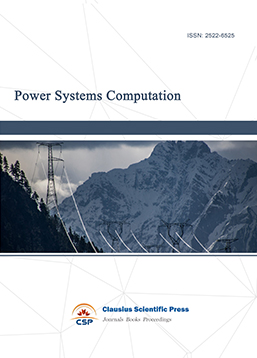
-
Internet of Things (IoT) and Engineering Applications
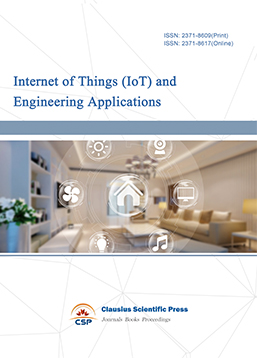
-
Computing, Performance and Communication Systems
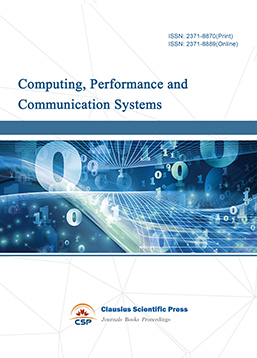
-
Advances in Computer, Signals and Systems
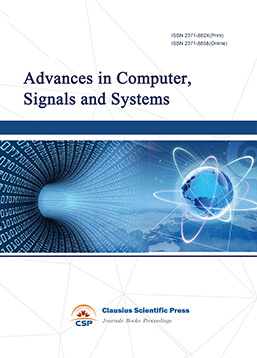
-
Journal of Network Computing and Applications
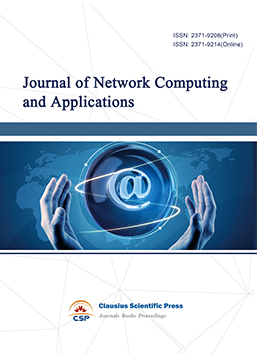
-
Journal of Web Systems and Applications
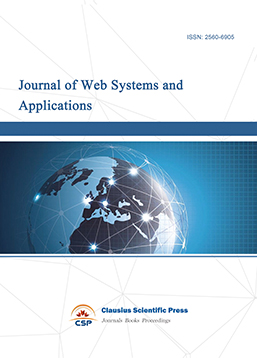
-
Journal of Electrotechnology, Electrical Engineering and Management
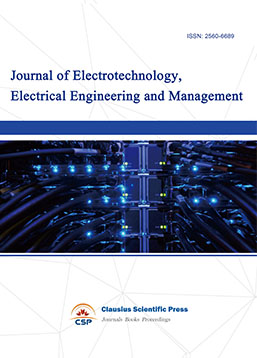
-
Journal of Wireless Sensors and Sensor Networks
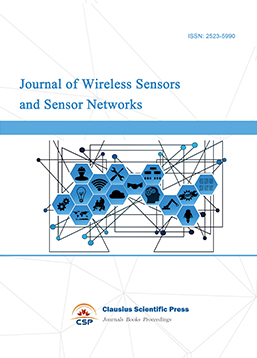
-
Journal of Image Processing Theory and Applications
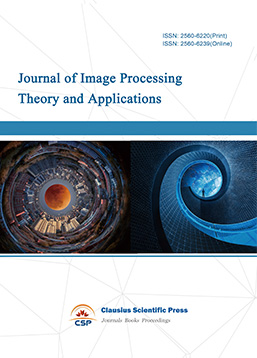
-
Mobile Computing and Networking
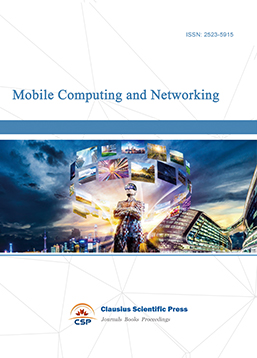
-
Vehicle Power and Propulsion
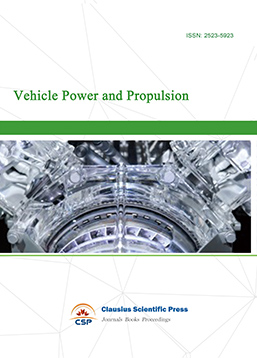
-
Frontiers in Computer Vision and Pattern Recognition
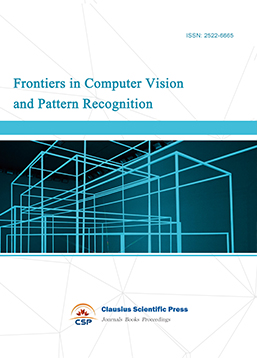
-
Knowledge Discovery and Data Mining Letters

-
Big Data Analysis and Cloud Computing
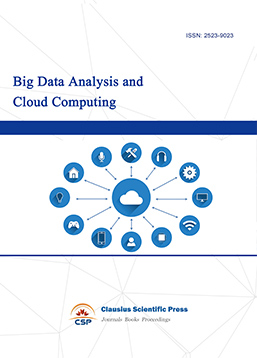
-
Electrical Insulation and Dielectrics
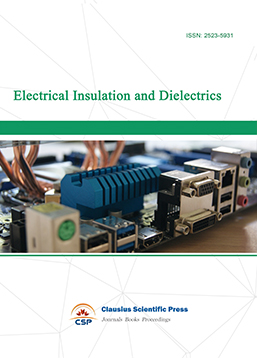
-
Crypto and Information Security
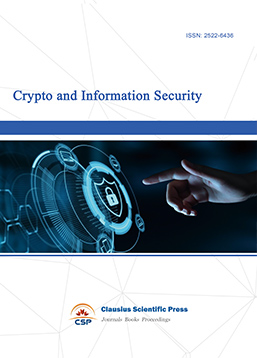
-
Journal of Neural Information Processing

-
Collaborative and Social Computing
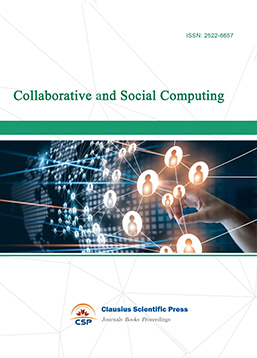
-
International Journal of Network and Communication Technology
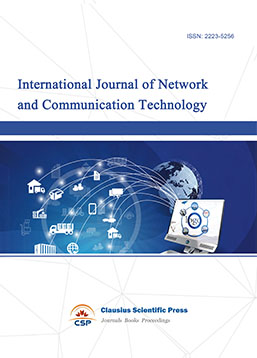
-
File and Storage Technologies
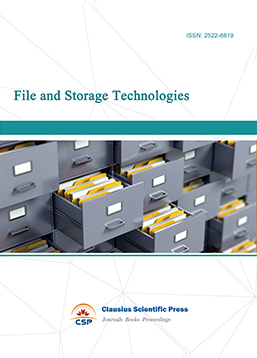
-
Frontiers in Genetic and Evolutionary Computation
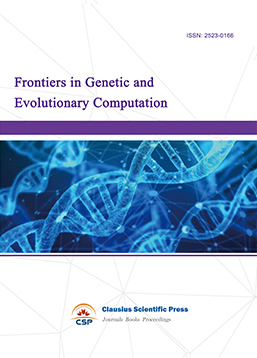
-
Optical Network Design and Modeling
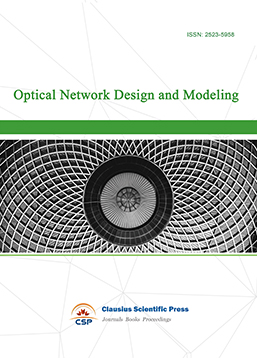
-
Journal of Virtual Reality and Artificial Intelligence
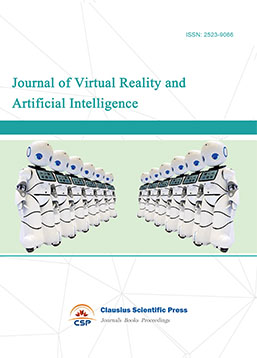
-
Natural Language Processing and Speech Recognition
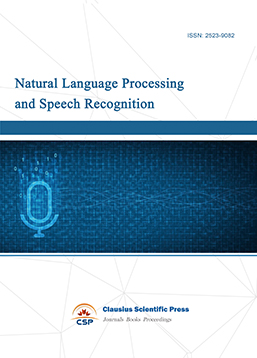
-
Journal of High-Voltage
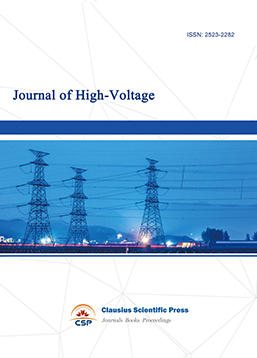
-
Programming Languages and Operating Systems
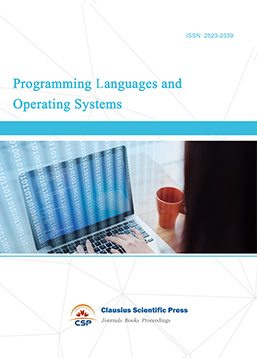
-
Visual Communications and Image Processing
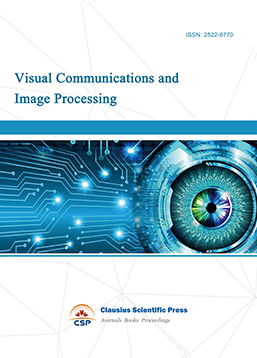
-
Journal of Systems Analysis and Integration
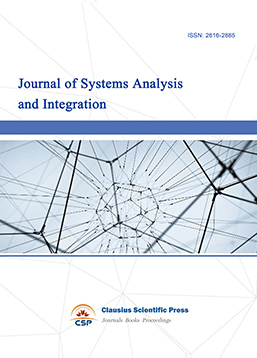
-
Knowledge Representation and Automated Reasoning
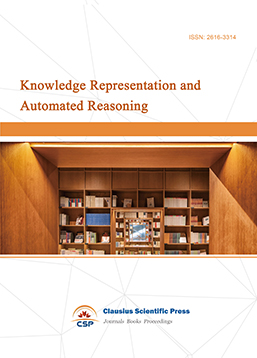
-
Review of Information Display Techniques
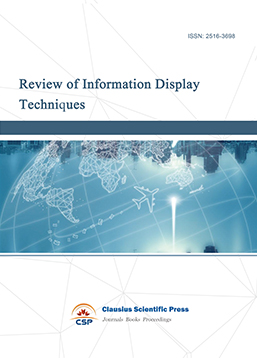
-
Data and Knowledge Engineering
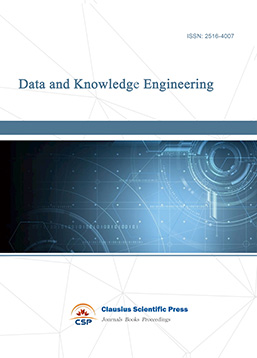
-
Journal of Database Systems
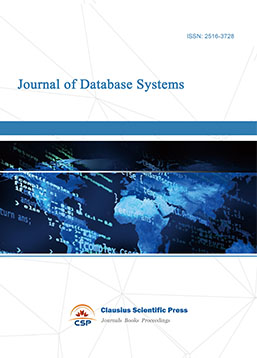
-
Journal of Cluster and Grid Computing
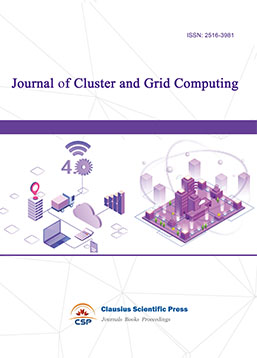
-
Cloud and Service-Oriented Computing
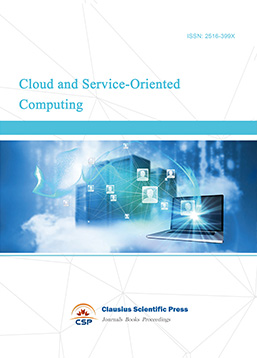
-
Journal of Networking, Architecture and Storage

-
Journal of Software Engineering and Metrics
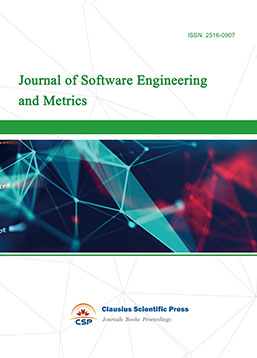
-
Visualization Techniques
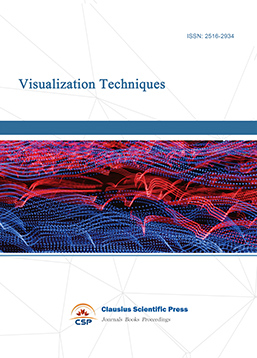
-
Journal of Parallel and Distributed Processing
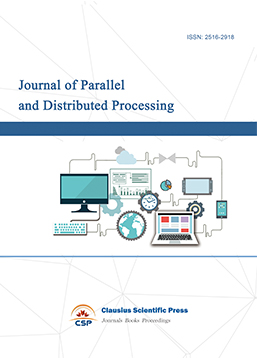
-
Journal of Modeling, Analysis and Simulation
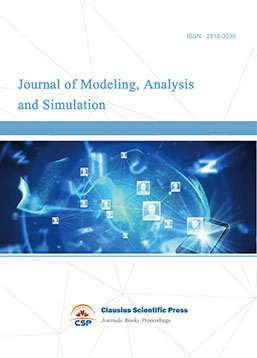
-
Journal of Privacy, Trust and Security
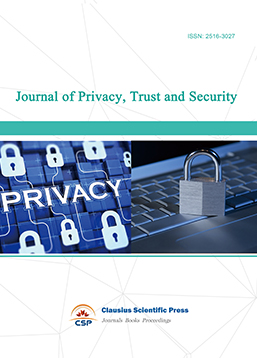
-
Journal of Cognitive Informatics and Cognitive Computing
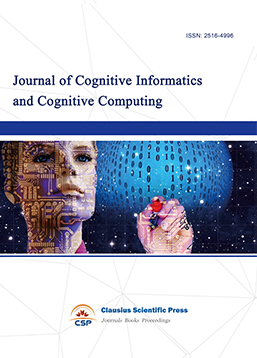
-
Lecture Notes on Wireless Networks and Communications
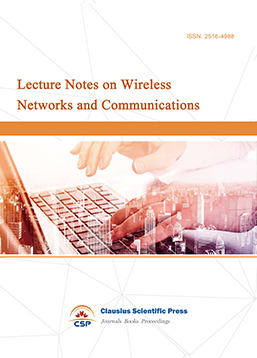
-
International Journal of Computer and Communications Security
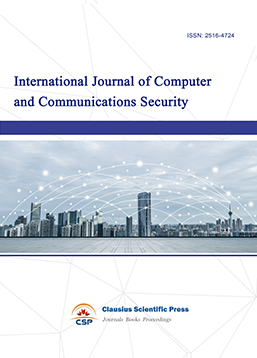
-
Journal of Multimedia Techniques
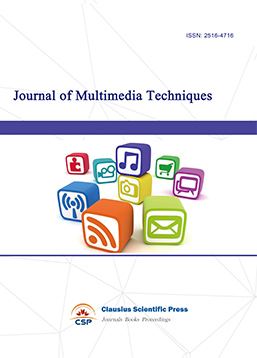
-
Automation and Machine Learning
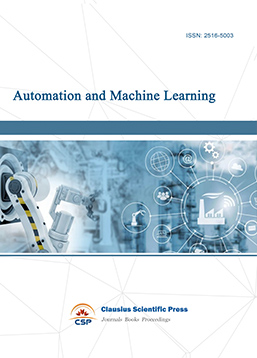
-
Computational Linguistics Letters
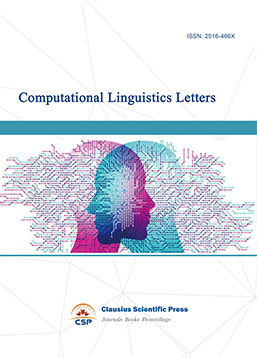
-
Journal of Computer Architecture and Design
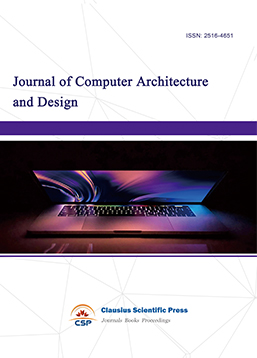
-
Journal of Ubiquitous and Future Networks
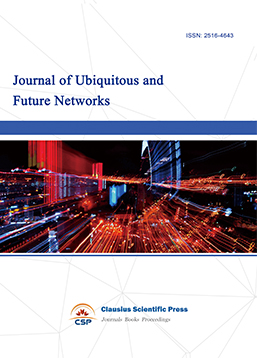

 Download as PDF
Download as PDF